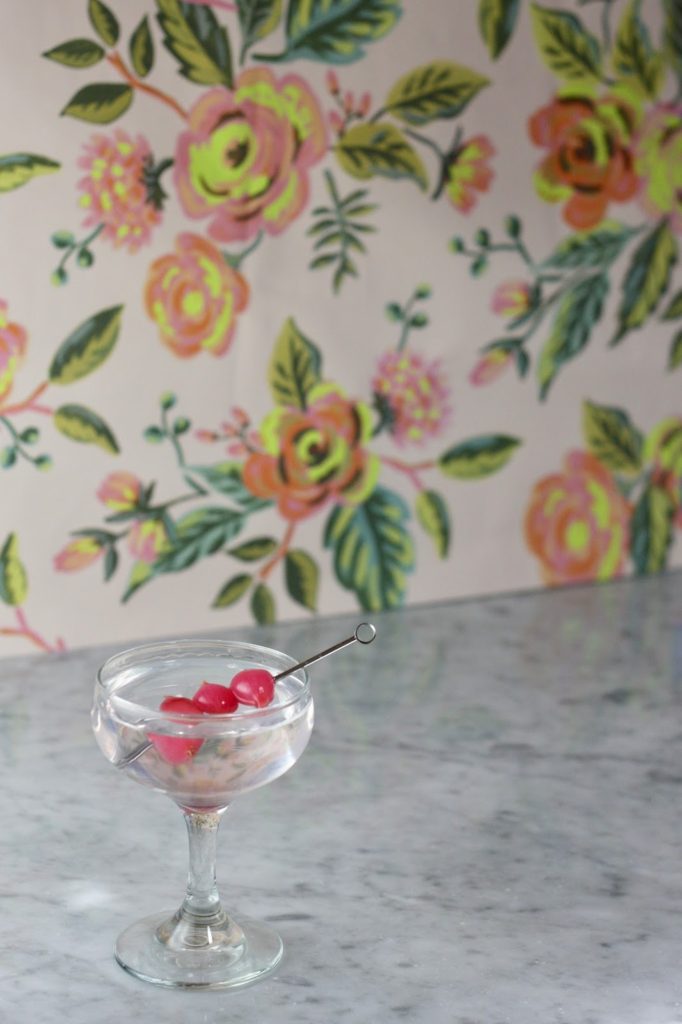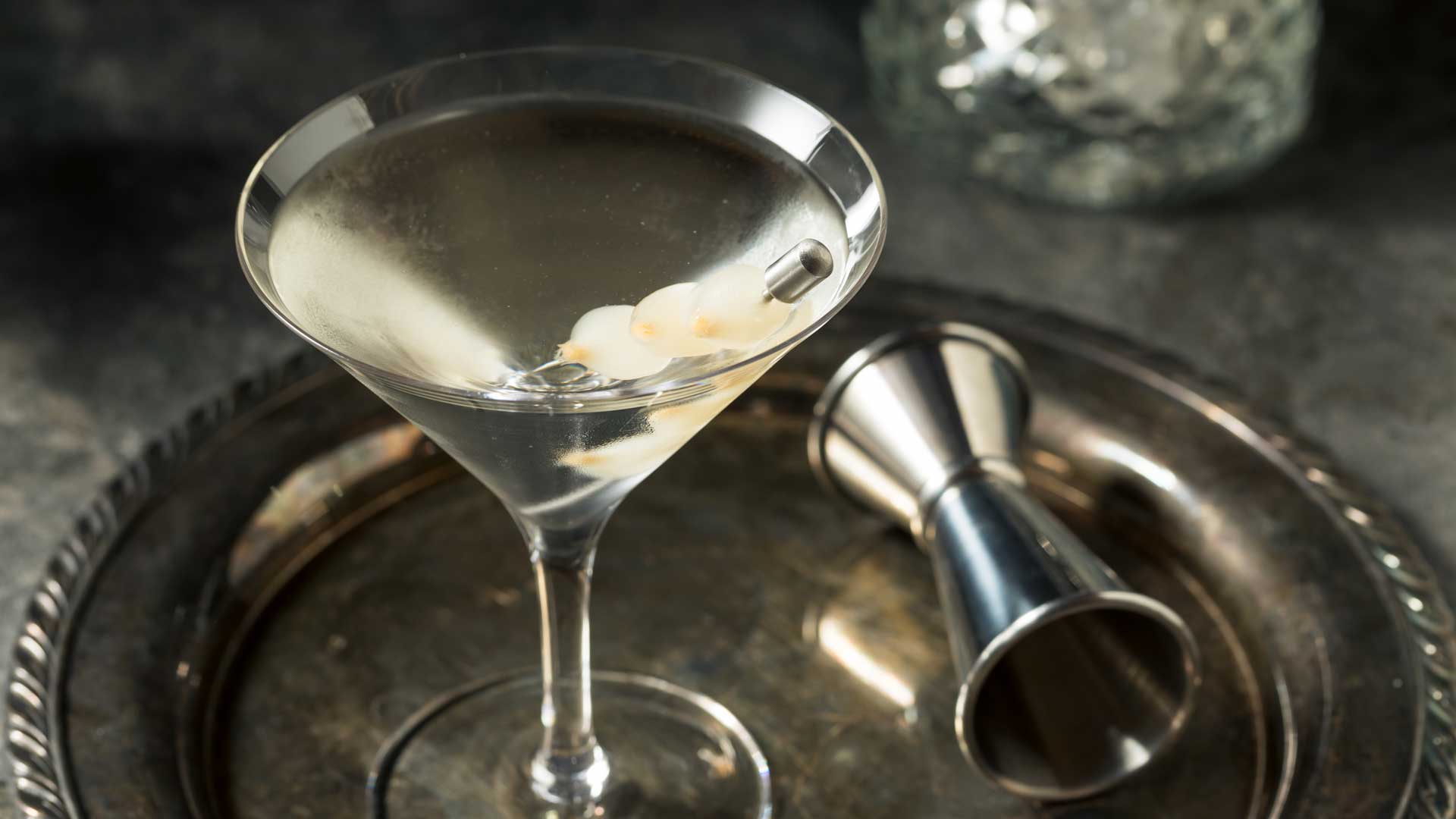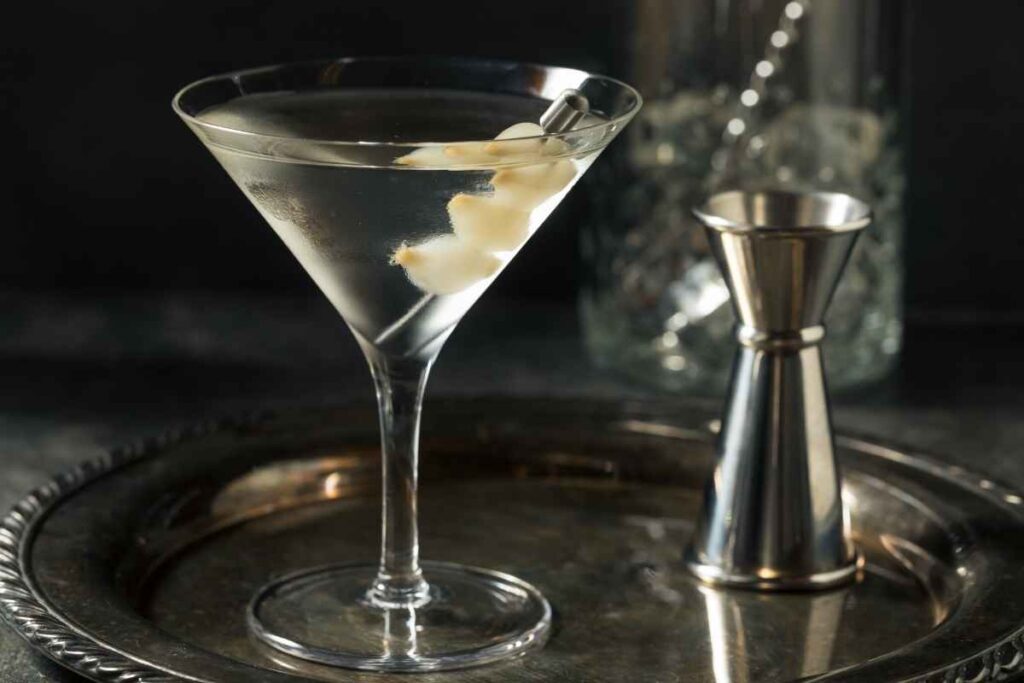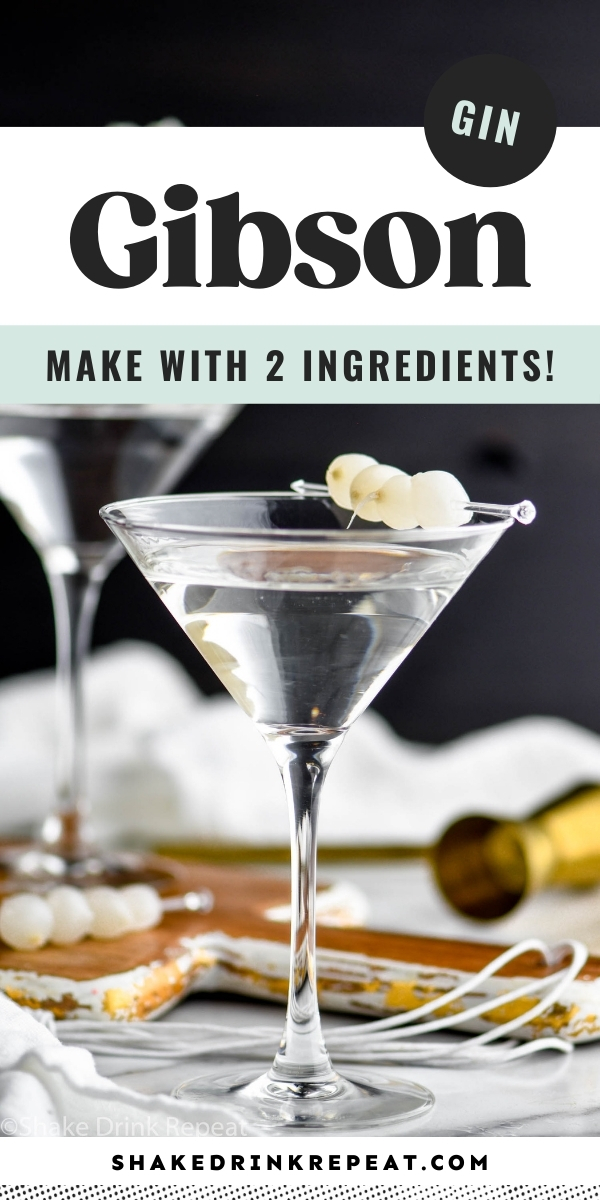
The cocktail appears in multiple episodes of The Queen’s Gambit, a period piece miniseries set in the 1960s. To us, however, the cocktail’s interesting history occurred in Hollywood. The Gibson doesn’t have a definitive origin story, though the martini variation was likely invented in New York City by a bartender or barfly named Gibson. Gibson Cocktail History While the Gibson’s history is a mystery, it’s simple recipe is easy to master. These small white onions add a savory tanginess that creates a marvelous interplay with gin’s earthy juniper notes. However, despite its similarity to Martinis, the Gibson offers a unique flavor profile thanks to its sweet and sour pickled onion garnish. The ingredients and presentation are so similar that some people refer to the Gibson as a Gibson Martini. In simple terms, a Gibson cocktail is a Martini garnished with pickled pearl onions instead of olives.


What Is A Gibson Cocktail? Inspired by The Queen’s Gambit, we pulled out a chess board while we drank this Gibson cocktail.
GIBSON DRINK WIKI PROFESSIONAL
Though we’re not professional chess players, we’re always game to flex our cocktail muscles. We got the inspiration to craft the iconic drink in our home kitchen after binge watching The Queen’s Gambit on Netflix. EDT tipoff is Tuesday, March 19.You’ve probably tasted a Gibson cocktail before. Peel back the layers of the Gibson charisma by upvoting and downvoting the recipes below, the most popular of which will enter into Slate’s Martini Madness tournament. And it seems meaningful that, as evidenced below, the Gibson was the favorite of some real heavy hitters-the English language’s wittiest booze expert, America’s pre-eminent food writer, 20 th-century literature’s most imposing self-made myth. These urbane legends figure the Gibson as a son of deceit.Įleven years ago, in a New Yorker piece titled “ Dry Martini,” Roger Angell reminisced about suburban martinis in the 1940s and ‘50s and reported that “serious debates were mounted about the cool, urban superiority of the Gibson” as compared to “the classicism of the traditional olive.” At this writing, I find myself tempted to side with the Gibsonists: The olive after all is of course a fruit and an allium a vegetable, and the latter may well be a better fit for a savory libation-a truer expression of the martini ideal. The Hugh Gibson legend points us toward innumerable other genesis myths starring negotiators who want to keep clear heads while hiding their hands. His solution was to switch to water after the first round, and he brought in the onion as a safeguard on the con-as a way to mark the drink as his alone, warding off anyone who might accidentally grab the wrong glass. And then there is the tale of the State Department’s Hugh Simons Gibson: Hugh allegedly liked to join the boys for martinis at the Metropolitan Club, but he didn’t like drinking as much as they did, and he didn’t feel comfortable just saying no, either. The 1964 New York Times obituary for stockbroker Walter Campbell Gibson, who died in his rooms at the Knick, skeptically noted this Gibson’s assertion that he originated the drink at the Ritz Hotel in Paris.

The most famous among them is the artist Charles Dana Gibson, falsely said to have received the inaugural cocktail after asking the man behind the bar at The Players to improve upon the martini.

Who invented the Gibson? Who didn’t? The gin-mill rumor mill has connected the drink with every Gibson in the Social Register.


 0 kommentar(er)
0 kommentar(er)
